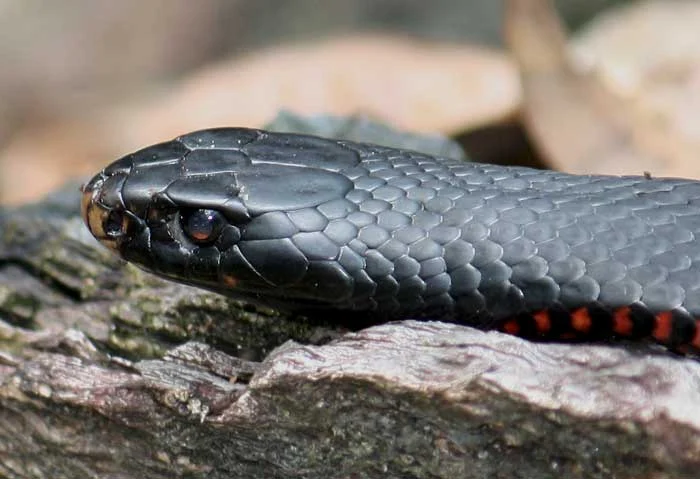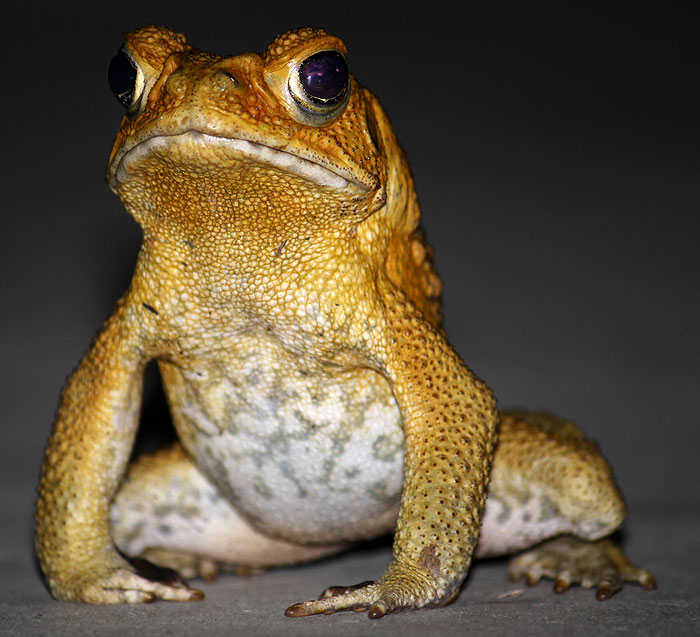Dangerously Venomous Snake Identification
Here is a quick guide to help you distinguish the dangerously venomous snakes from the non or mildly venomous snakes found here in Australia. This is simply a guide. Use your own good judgement (or, if need be, the good judgement of those around you when approaching or dealing with snakes).
It's generally accepted that the most dangerous snakes in Australia are the Elapids. They come in all manner of shapes and sizes (including some harmless burrowing species), however, some are very dangerous indeed - if you tangle with them, you may end up a tad dead. An interesting fact is that alcohol, bravado and ignorance are the leading causes of snake bite in Au, 80% of all snake bites here are as a result of people attempting to capture or kill snakes.
If you are frightened of snakes, simply give them a wide berth - attempting to kill them will eventually end in tears.
Accidental and 'unprovoked' bites do happen, but they are rare in Australia, and by using a little common sense, are almost always avoidable.
In the above shot, I got bitten due to negligence. As I was moving the snake, a medium-sized scrubby that had settled on the road to gather heat, I got distracted by the oncoming headlights of an approaching car - wham!. Happily, both the snake and I managed to get off the road, and while I was a little embarrassed - there was no real harm done. Lesson learnt.
Below are some pics highlighting the loreal scale which is absent in Elapids and is probably the most useful tool when distinguishing between similar looking species.
I should probably add that although this is a reliable method of I.D, it can be extremely difficult to spot the scale esp if the snake is moving quickly or quite small. So if in doubt, err on the side of caution.
If you do get bitten, or suspect someone else has - check for the bite mark pattern above. I made this image highly stylised (and blood free), but hopefully you get the idea.
Finally, try to remember that snakes, like the cuddly animals, have their place. Without them, the so called 'balance of nature' would be destroyed, and rodent plagues would become even more common than they already are.
Respect our little mates of the bush - they were here first, but most importantly, keep yourself safe. Imagine how dull the world would be without you in it!.
It's generally accepted that the most dangerous snakes in Australia are the Elapids. They come in all manner of shapes and sizes (including some harmless burrowing species), however, some are very dangerous indeed - if you tangle with them, you may end up a tad dead. An interesting fact is that alcohol, bravado and ignorance are the leading causes of snake bite in Au, 80% of all snake bites here are as a result of people attempting to capture or kill snakes.
If you are frightened of snakes, simply give them a wide berth - attempting to kill them will eventually end in tears.
Geoff Sleba, 40, was searching for a snake when the gun he was holding (to shoot the snake with), accidentally discharged fatally wounding his wife, a coronial inquest in Toowoomba was told yesterday.
He became startled and misfired after the snake he was looking for slithered across his feet at 10pm on April 24, 2008 - source no longer avaliable
Accidental and 'unprovoked' bites do happen, but they are rare in Australia, and by using a little common sense, are almost always avoidable.
 |
Bitten when removing a snake from a road - it'd be silly to blame the snake |
In the above shot, I got bitten due to negligence. As I was moving the snake, a medium-sized scrubby that had settled on the road to gather heat, I got distracted by the oncoming headlights of an approaching car - wham!. Happily, both the snake and I managed to get off the road, and while I was a little embarrassed - there was no real harm done. Lesson learnt.
Below are some pics highlighting the loreal scale which is absent in Elapids and is probably the most useful tool when distinguishing between similar looking species.
 |
Keelback (Colubridae) |
 |
Night-Tiger (Colubridae) |
 |
Spotted Python (Pythonidae) |
 |
'Death' Adder (Elapidae) Try and find a loreal scale in this pic - here's a hint, you'll be a while |
I should probably add that although this is a reliable method of I.D, it can be extremely difficult to spot the scale esp if the snake is moving quickly or quite small. So if in doubt, err on the side of caution.
 |
Dangerously Venomous or not? |
 |
Red-bellied Black Snake Pseudechis porphyriacus Dangerously venomous |
If you do get bitten, or suspect someone else has - check for the bite mark pattern above. I made this image highly stylised (and blood free), but hopefully you get the idea.
Finally, try to remember that snakes, like the cuddly animals, have their place. Without them, the so called 'balance of nature' would be destroyed, and rodent plagues would become even more common than they already are.
Respect our little mates of the bush - they were here first, but most importantly, keep yourself safe. Imagine how dull the world would be without you in it!.
If you need to know how to administer first aid for a snake bite (and if you're reading this, you probably do), simply Google and print the info for your locality and keep it in your first aid kit or glovebox, or wherever.
Take care
Take care






Comments
A most useful and helpful blog.
D
For people who deal with snakes a lot in Australia a
snake handling course is a good idea.
The only advice I give on choosing which is to ensure that the teacher has at least 30 verifiable years with snakes as there are a few cowboys about teaching courses and
who have little if any experience themselves.
Cheers
Post a Comment